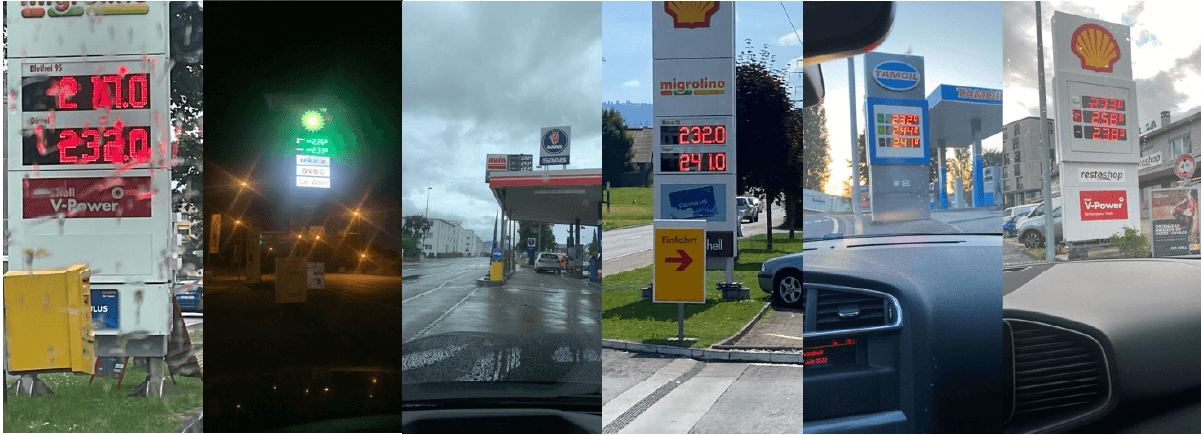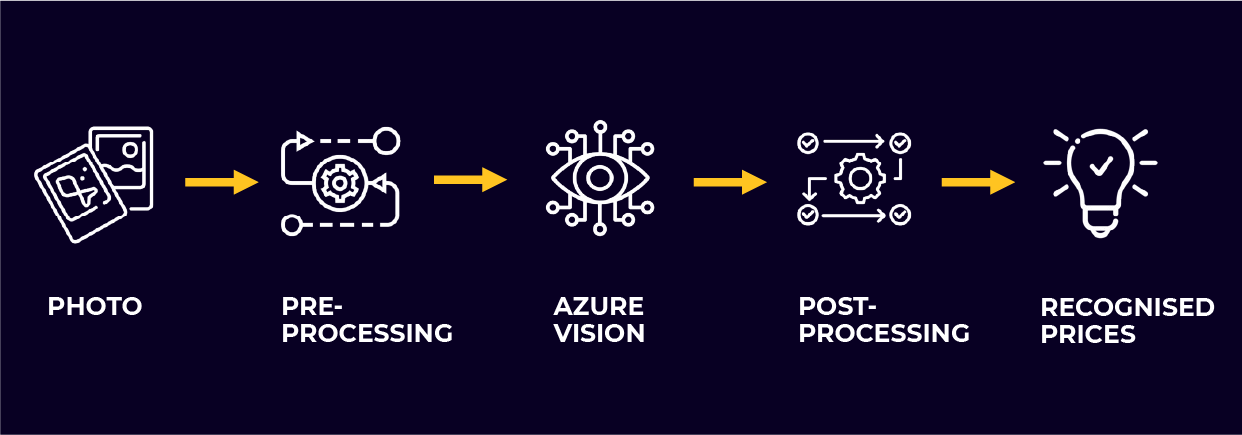The Problem:
Create an easy-to-use app where our customers can take photos of competitor price signs and send the data directly into the PriceCast pricing solution.
The Approach:
1. Define inputs and outputs
The input in this instance is the photo of the price sign and the GPS coordinates of where the photo was taken (a request from the customer) with the output being the prices on the sign.
2. Collecting the data
When it came to training the AI, we didn’t have a database of hundreds of photos of price signs we could train it on. In fact, we had none from the region where our customers are based. So, we started collecting data. We asked our customers to send us lots of photos of price signs. These images were taken at different zoom levels, in different weather and at different times of day.

3. The AI Model
AI Vision frameworks such as Microsoft’s Azure Vision are designed to extract meaningful information from digital images. Using the cloud-based Azure system, plus some pre-processing and post-processing work to correct the prices Azure returned, we were able to recognise 96% of prices on the images our customers sent in.
In total it took us around two days to build the proof-of-concept algorithm, including some fine tuning.

4. The outcome
The Price Capture app, now available on the App Store and Google Store, helps retailers to simply and efficiently build on a database of competitor prices.

